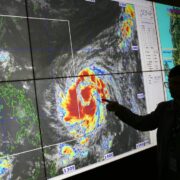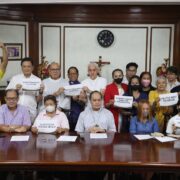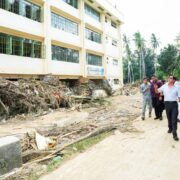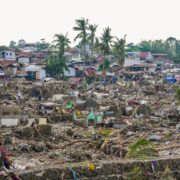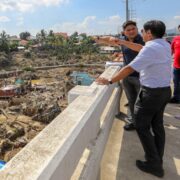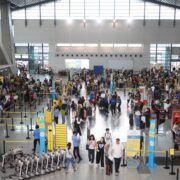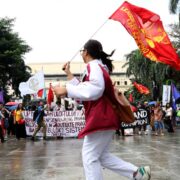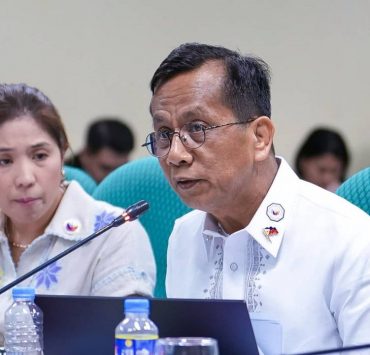BARMM’s antipoor goal gets P71-B investment
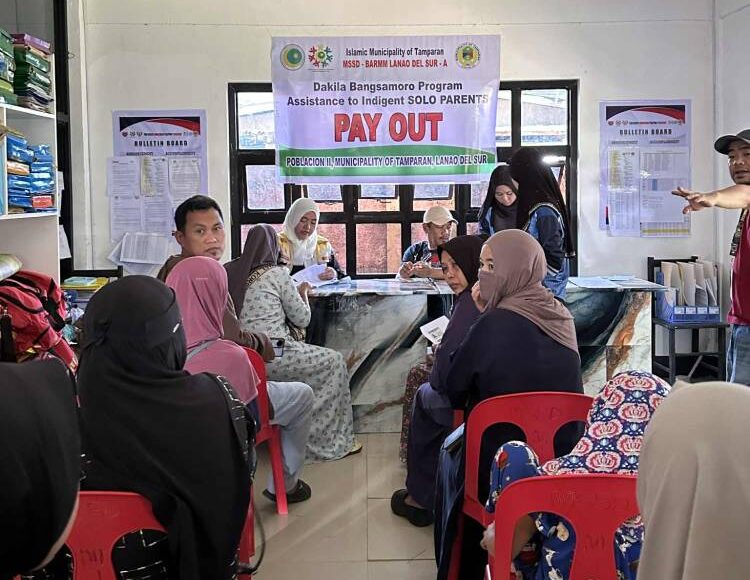
GENERAL SANTOS CITY—Even as the Bangsamoro Autonomous Region in Muslim Mindanao (BARMM) enjoys fiscal autonomy, national government funding for social welfare and protection initiatives is still the main driver of poverty reduction in the region.
In the last six years, social welfare investments in the BARMM totaled some P71 billion, according to its Ministry of Social Services and Development (MSSD).
MSSD Minister Raissa Jajurie said funds allocated by the national government, through the Department of Social Welfare and Development (DSWD), amounted to P51.82 billion, while the regional government allotted P19.23 billion during the period.
“Personally, I was surprised that the national government funding for social welfare programs in the BARMM is (that) huge,” she said.
She attributed the huge social welfare spending of the national government in the Bangsamoro region mostly to the DSWD’s 4Ps or the Pantawid Pamilyang Pilipino Program, the national poverty reduction strategy and human capital investment program that provides conditional cash transfer to poor households.
Jajurie said the implementation of the 4Ps in the Bangsamoro region, at one point, reached 370,000 households, a record number in the country.
Jajurie noted the country’s poverty alleviation target would suffer a setback if the 4Ps beneficiaries in the BARMM would be taken off the list.
“So if you remove them … you will not be addressing (a big part of) the whole poverty picture in the country,” she noted.
Currently, the Bangsamoro is ranked the poorest region in the country because of its high poverty incidence.
Other projects
The other DSWD projects implemented in the Bangsamoro include sustainable livelihood, supplementary feeding, and social pension for indigent senior citizens, among others.
In 2019, the national government allocated P6.08 billion for social welfare investments in the BARMM, P10.38 billion in 2020, P8.89 billion in 2021, P8.04 billion in 2022, P6.71 billion in 2023, P8.13 billion in 2024 and P3.6 billion in 2025, Jajurie reported.
On the other hand, the Bangsamoro government’s allotment for social welfare programs was P2.03 billion in 2020, P3.48 billion in 2021, P2.80 billion in 2022, P3.18 in 2023, P3.89 billion in 2024 and P3.85 billion in 2025, she said.
For 2019, BARMM, then newly created, utilized the defunct Automous Region in Muslim Mindanao’s budget for social welfare programs in the region, Jajurie said.
She said that the national government needs BARMM, and vice versa, to reduce poverty incidence in the region.
Mutual interest
“There’s a mutual interest, especially those programs that were already there before BARMM was established,” she added.
From 52.6 percent in 2018, poverty incidence in the BARMM dropped to 28 percent in 2021, and further to 23.5 percent in 2023.
The Bangsamoro region was established in 2019 following the ratification of Republic Act No. 11054 or the Organic Law for the BARMM, also known as the Bangsamoro Organic Law. It replaced the Autonomous Region in Muslim Mindanao.
The creation of BARMM is the major component of the Comprehensive Agreement on the Bangsamoro, which the government and the Moro Islamic Liberation Front inked in 2014 after 17 years of peace negotiations.
Jajurie stressed BARMM needs nationally-funded programs “to cover as many bases as possible while we also implement poverty alleviation, malnutrition programs, early childhood care, and anti-child labor, among others, which may also have an equivalent program from the national government.”
The bulk of the region’s annual funds comes from the block grant, which is automatically allocated by the national government.




